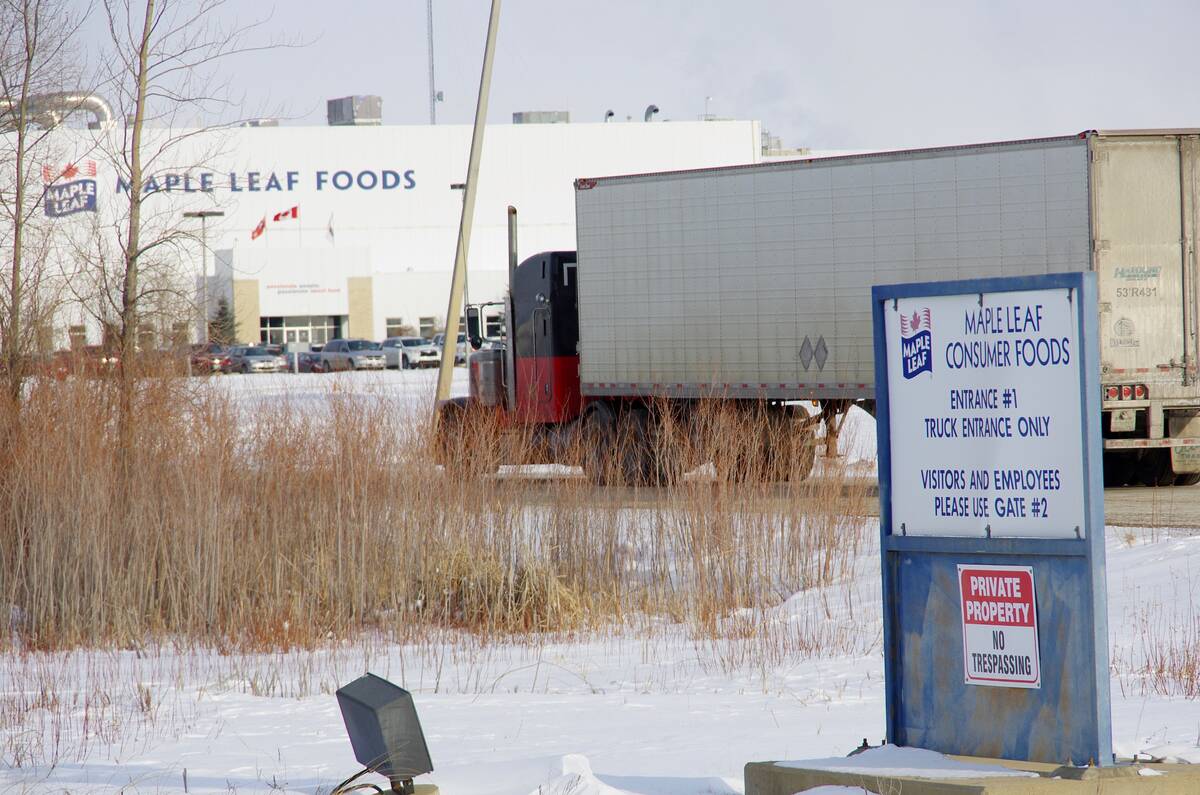The Canadian Grain Commission celebrated its 100th anniversary earlier this month with praise for its past, while agriculture minister Gerry Ritz predicted a bright future.
The grain industry has been revolutionized since the grain commission was created in 1912, Ritz told an Ottawa celebration April 4.
“It is no accident that Canadian grains are recognized worldwide for their consistent high quality,” he said.
“CGC has worked alongside farmers to bring our grain industry to where it is today. There is no doubt that the Canadian Grain Commission will continue to play a critical role as we continue to build a modern, efficient sector to meet the growing demand for high-quality food.”
Read Also

Manitoba pork exports gain new market ground
Manitoba’s pork trade pivoted from China over the last five years, while Japan is remains the largest customer and South Korea and Mexico market footholds have grown
The commission’s centennial has arrived in a year in which Ritz is promising to amend the Canada Grain Act.
Proposed changes would redefine CGC roles and end the freeze in user fee rates, which could see cost recovery from CGC customers double from slightly more than $40 million.
The commission is holding consultations to determine if costs can be lowered by reducing or eliminating some services that the CGC now provides, including inward inspection of grain moving from the Prairies to market through facilities of the same grain company.
Critics have charged that the changes are an attempt by the Conservative government to reduce commission oversight of the industry and reduce farmer protection.
“I don’t agree with that,” said CGC chief commissioner Elwin Hermanson, a former Reform MP and grain farmer from Beechy, Sask.
“Protection will still be there for the producer.”
He said producer security in case of handler bankruptcy could remain through an insurance-type policy, while inspection of export grain will continue to be mandatory.
Grade and dockage protection for farmers will remain and could be extended to processor elevators and grain dealers. However, Hermanson said it is up to the department to write the final legislation.
“I think the primary protections, if anything, will be stronger rather than weaker, or at least that is what we are proposing,” he said.
“But clearly change is coming, the first major change in my lifetime. It will be very significant.”
He said reform is needed because the industry has changed significantly in the past half century.
Crops that did not exist a few decades ago have replaced the dominance of traditional grains, while the grain handling system has concentrated considerably.
As well, grain transactions are now conducted between facilities within the same company in which “we don’t see the need to be involved in a mandatory manner.”
However, beyond the debate about CGC’s regulatory powers will be the controversy about increasing industry costs.
Commission user fee levels have been frozen for more than a decade and the government has been picking up an annual deficit of tens of millions of dollars.
The March 29 federal budget promised another $44 billion over two years as a way to get the commission to financial self-sufficiency by 2014.
Hermanson said it will return the CGC to its historic funding formula, in which the industry pays a significant portion of the cost of services. Still, it will be controversial.
“The commission will fall back to its more traditional funding model of being a revolving fund that is self-sustaining and will primarily be funded by fees that we charge for services we offer,” he said.
“In 1991, we were 90 percent cost-recovered. Now it is roughly 50-50. That will mean some increased costs to the industry, and we are conscious of that.”














